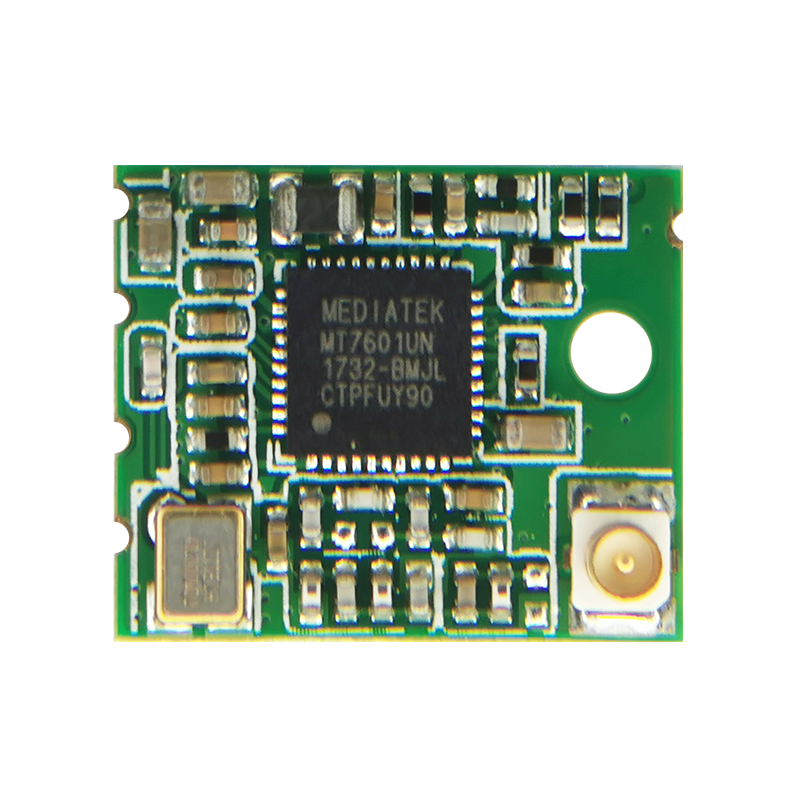Wi-Fi has become an integral part of our daily lives, enabling seamless wireless communication. In order to fully comprehend this technology, it is essential to understand the three fundamental elements of Wi-Fi that make it all possible. These elements ensure reliable and fast wireless connectivity, allowing us to connect to the internet anytime, anywhere.

At the heart of any Wi-Fi network are the Wireless Access Points (WAPs). These devices act as transceivers, facilitating communication between wireless devices and the wired network infrastructure. WAPs transmit and receive radio signals, allowing the exchange of data between a device and the network. Multiple WAPs can be deployed to extend coverage and create a larger network infrastructure. These access points serve as the essential foundation of a Wi-Fi network and determine the coverage and capacity of the wireless network.
Wireless Network Interface Cards (NICs) are the components that enable devices to connect to Wi-Fi networks. These cards, commonly found in laptops, smartphones, and other devices, allow for wireless communication by receiving and transmitting data via radio frequencies. NICs are equipped with antennas that capture and interpret the radio signals sent by the WAPs. They ensure that devices can connect to Wi-Fi networks, access the internet, and communicate with other devices seamlessly.
Wireless Standards and Protocols form the third crucial element of Wi-Fi. These standards define the rules and specifications for wireless communication, ensuring interoperability and performance consistency across devices and networks. Popular standards, such as the IEEE 802.11 series, dictate the frequency bands, data transfer rates, and security mechanisms for Wi-Fi networks. Protocols like WPA2 and WPA3 ensure secure encryption and authentication, protecting sensitive information transmitted over the network from unauthorized access.
Understanding the three elements of Wi-Fi -- Wireless Access Points, Wireless Network Interface Cards, and Wireless Standards and Protocols -- is vital in comprehending the technology that powers wireless communication. By knowing how these elements work together, we can appreciate the convenience and reliability that Wi-Fi offers in our modern, connected world. With constant advancements, Wi-Fi continues to evolve, catering to our increasing needs for faster, more secure, and widespread wireless connectivity.
 Trolink Joint With Tuya to Make Iot Benefit Every Family
Trolink Joint With Tuya to Make Iot Benefit Every Family
 5 Key Indicators for WiFi Module Selection You Have to Know !
5 Key Indicators for WiFi Module Selection You Have to Know !
 IOT module is the brain of smart products
IOT module is the brain of smart products
 What is the signal coverage range of the WiFi module chip?
What is the signal coverage range of the WiFi module chip?